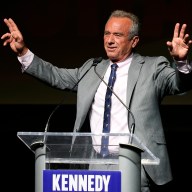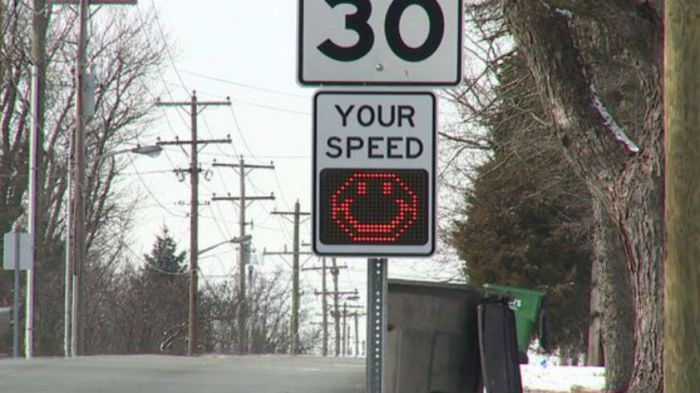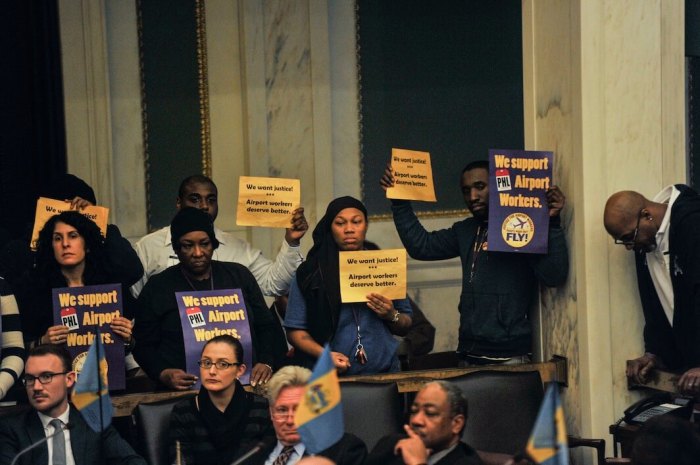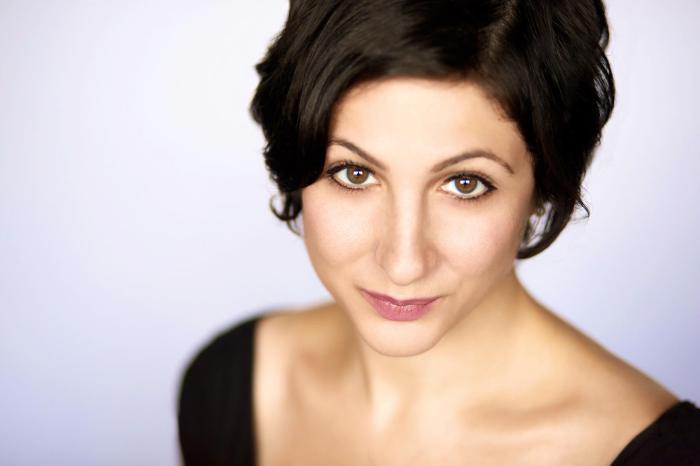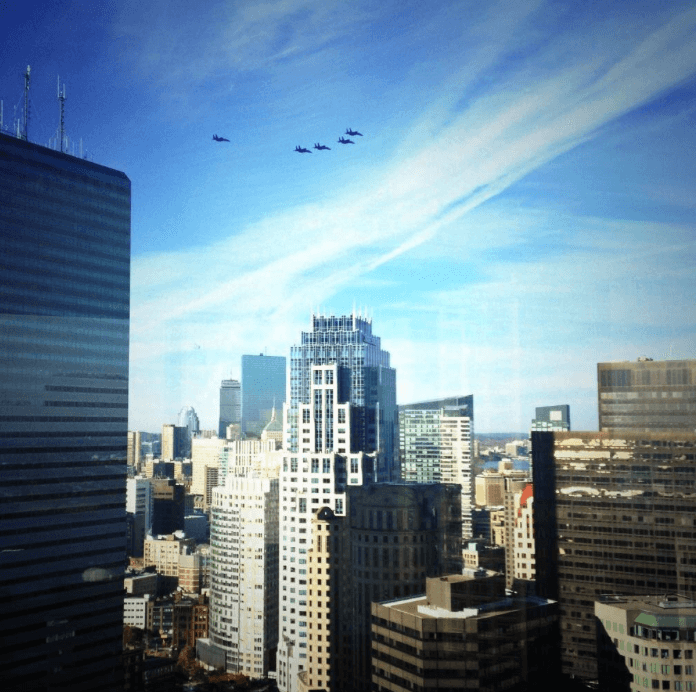The outside of 140 Essex St. is boarded up with a padlocked chain over the door handles and paint peeling from the walls. Inside, things don’t look much better. The concrete floor is partially covered with a piece of moldering gray carpet and rat traps dot the corners. But to Dan Barasch, the wide open space with brick columns and huge skylights is waiting to be transformed into the Lowline Lab, a public garden of plants grown with reflective solar technology. “I think we might be able to get this plaster board off of this and we could reveal all the awesome multilayered paint from over the course of history,” said Barasch, gesturing at a hole in some plaster. Barasch is the co-founder of the Lowline project, an ongoing campaign dedicated to building an underground park in an unused subway station under Delancey St. in the Lower East Side. But before the park can become a reality, Barasch and his partners need to do some more research into growing plants in a low-light environment. For that, they rented out the approximately 5,000 square foot warehouse at 140 Essex St, originally part of the Essex Street Market that began in 1940. In late Sept., the warehouse will open as the Lowline Lab and be open to the public until Feb. “I think it’s magical to be in a space like this because you can pick up all the layers of history,” said Barasch. “It’s almost haunted by the ghosts of the neighborhood over many generations.” Renderings of the Lowline Lab show an unearthly space lit with what Barasch calls solar collectors and filled with greenery and walkways. The devices, currently being built in South Korea, will be installed on the roof of the warehouse. “What we’re planning on doing is taking natural sunlight and reflecting it to one focused point, so then it can basically be sent through a tube and reflected at the same level of intensity,” said Barasch. Except for the solar collectors, the warehouse will be blacked out to recreate the environment of growing a park underground, just like the proposed Lowline under Delancey St. As for what kinds of plants will grow in the Lowline Lab, Barasch says different varieties of ivy, ferns, moss and even some edible plants like strawberries may be possible using reflected sunlight. “Our math is very encouraging, we’re excited about testing out this math and showing how it actually works,” he said.
As far as Barasch knows, the Lowline Lab and the Lowline would be the only underground city park of its kind. He estimates the park would need a budget of about $60 million, which would come from both public and private donors and partners.The park already has the support of Councilmember Margaret Chin, the mayor’s office and state senators. But for now to raise money for the Lab itself, a Kickstarter campaign for $200,000 is running, offering gifts for donors like shirts and terrariums. “I think we’ll absolutely get there,” said Barasch, referring to his fundraising goal, “And I think the way we’ll get here is all the people around the world that care about this project. Over 1,300 donors have contributed to the campaign, which has already raised over half of its goal. The Kickstarter fundraiser ends next Wednesday, July 8. In the next couple months, construction will turn the warehouse into the Lowline Lab. It will be a final send-off for the warehouse, which will be demolished by the city in Feb. after years of disuse as part of the Essex Crossing development.








